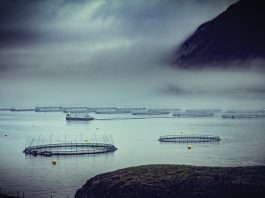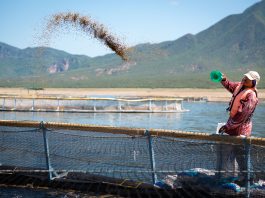Researchers at the University of Helsinki warn that a warming climate and intensifying land use are increasing mercury content in fish.
New studies suggest that in the future, the mercury content in fish in the Finnish Lapland may move nearer to the level found in lakes located below the Arctic Circle. According to scientists, mercury content must be examined carefully and observed in fish and food webs, as the climate and land use change.
Mercury is a heavy metal found naturally in the environment. Methylmercury, a particularly toxic form of the metal, collects in fish and is biomagnified in food webs. Humans are exposed to methylmercury especially through fish-based diets.
Researchers examined the joint effects of the climate and land use in the Finnish Lapland. Intense land use, a warmer climate, and enhanced precipitation boost the leaching of nutrients and carbon-bound mercury stored in the soil into waterways. The use of fossil fuels has also heightened mercury levels in the environment.
“Lapland is an important subject of research, since temperatures, precipitation and nutrient levels grow significantly when we move from the almost pristine lakes in the north towards the southern lakes which are more eutrophic and murkier. At the same time, land use in catchment areas is moving from reindeer herding to intensive forestry. Our research area has no direct sources of mercury emissions. Instead, the mercury found in the region originates in long-range atmospheric deposition and leaching from the catchment area soil,” explained Professor of Environmental Research, Kimmo Kahilainen, from the University of Helsinki’s Lammi Biological Station.
The team discovered that the warmer and murkier the lake, the greater the mercury concentration in algae. This was mirrored in the fish as well. Mercury content in vendace and roach residing in warmer and eutrophic lakes was marginally greater contrasted to those residing in pristine lakes, while the mercury content of perch and pike increased noticeably.
“Global warming and increasing precipitation, together with intensifying land use, increase leaching from catchment areas. In the future, mercury content in Lappish fish can indeed shift closer to the level found in subarctic lakes. As the climate and land use change, mercury concentration in fish and food webs should be increasingly carefully investigated and monitored,” Kahilainen added.









